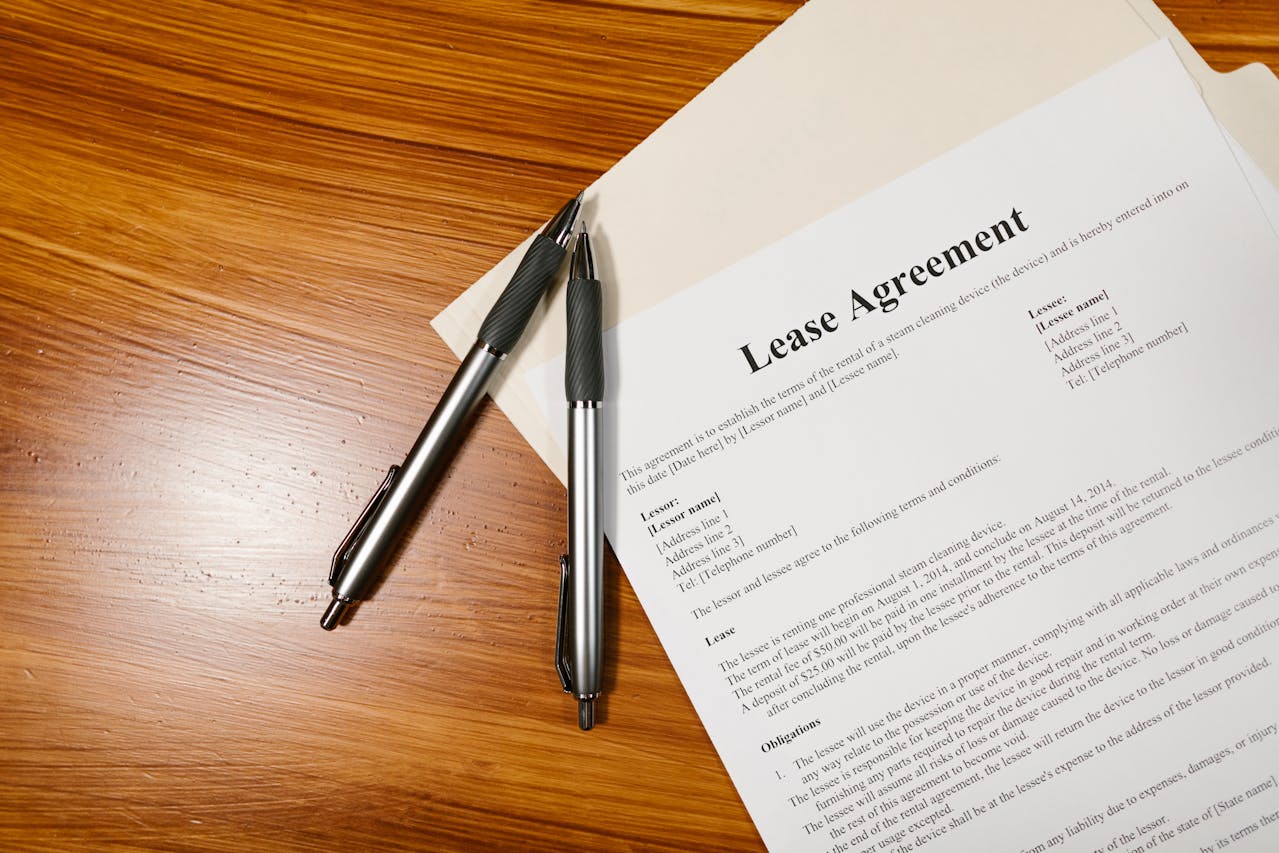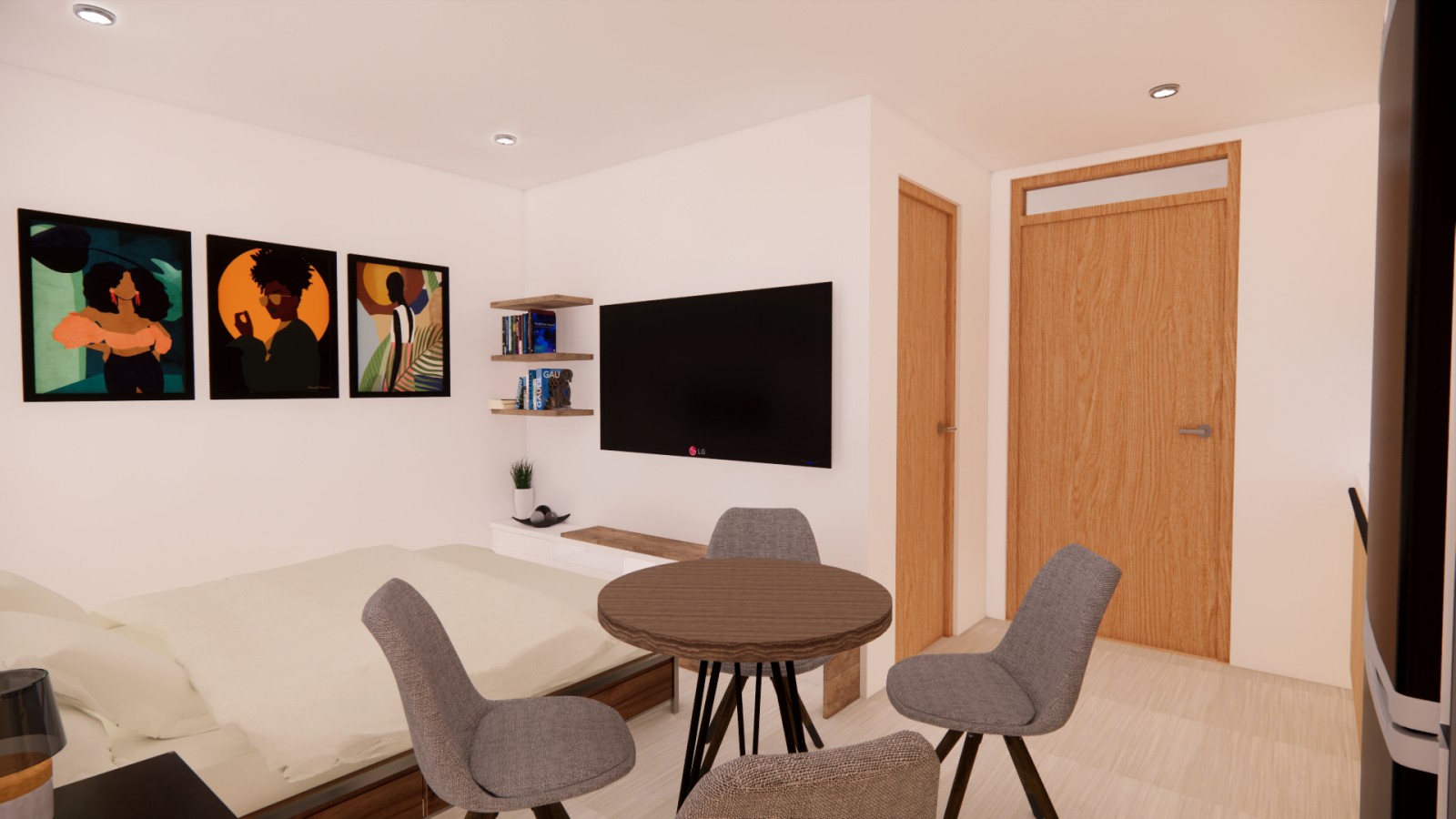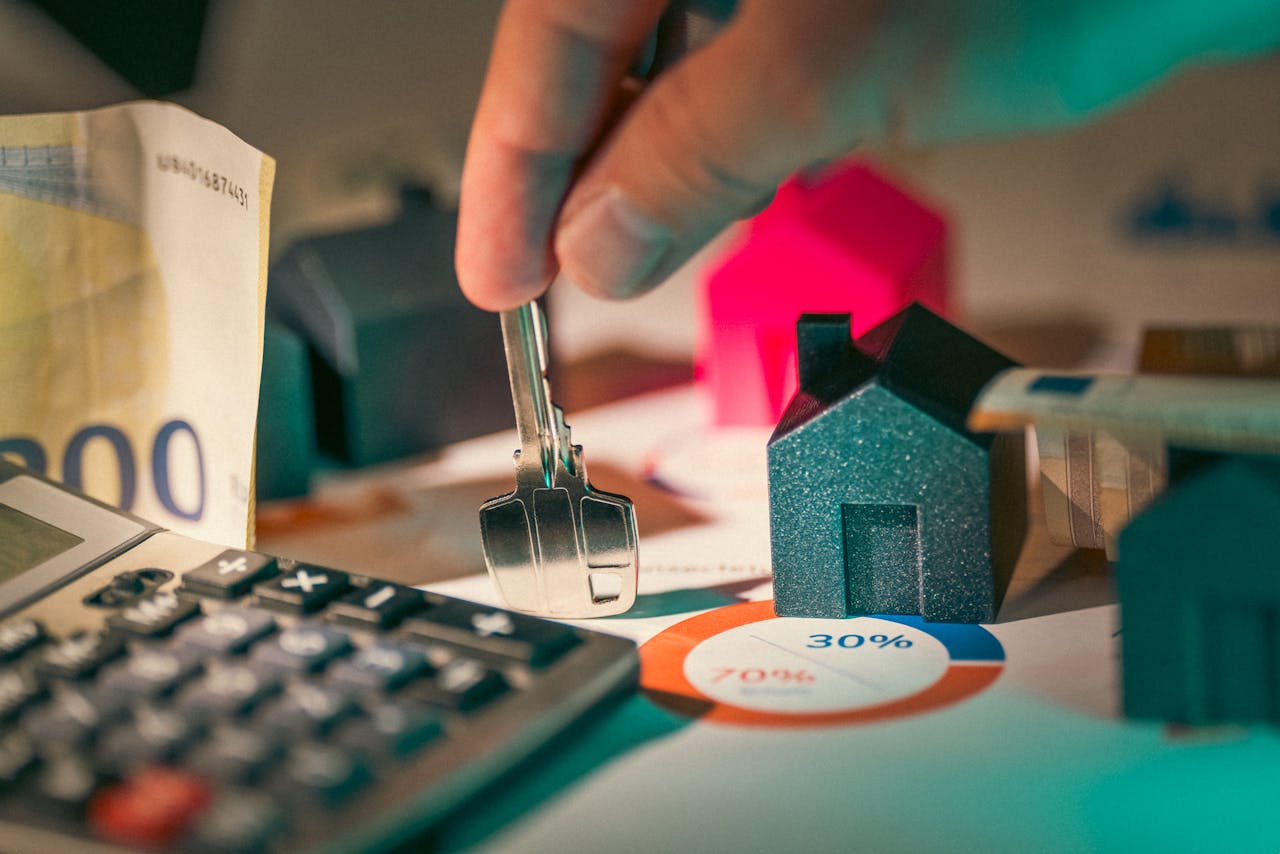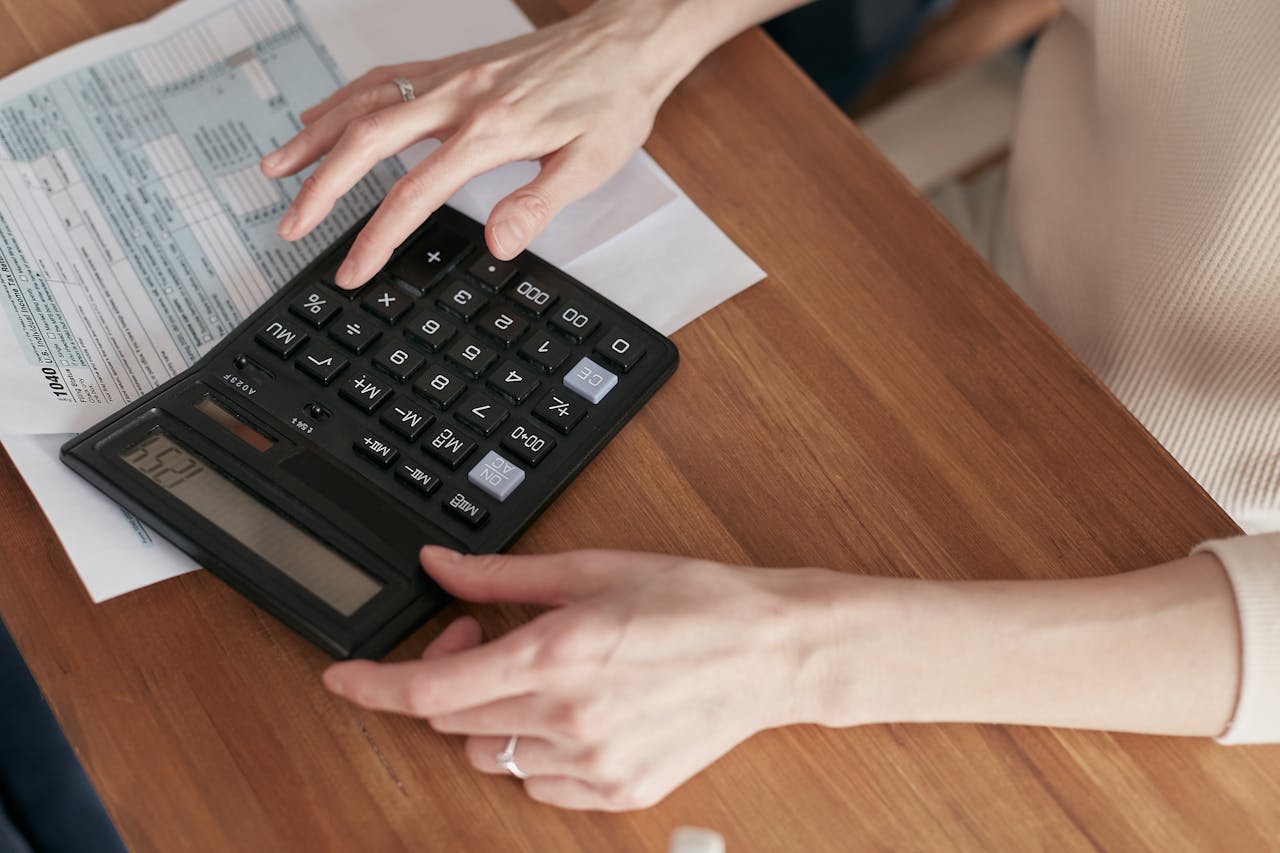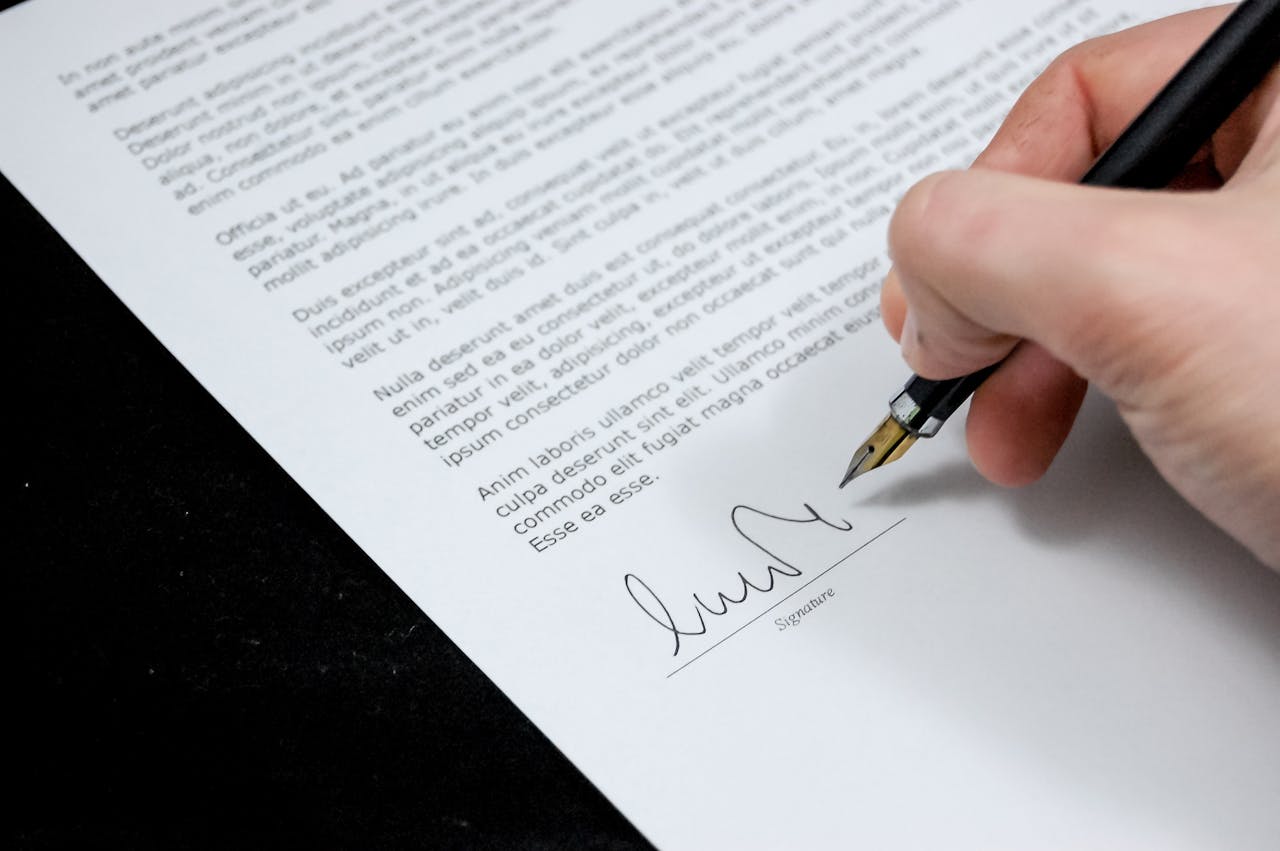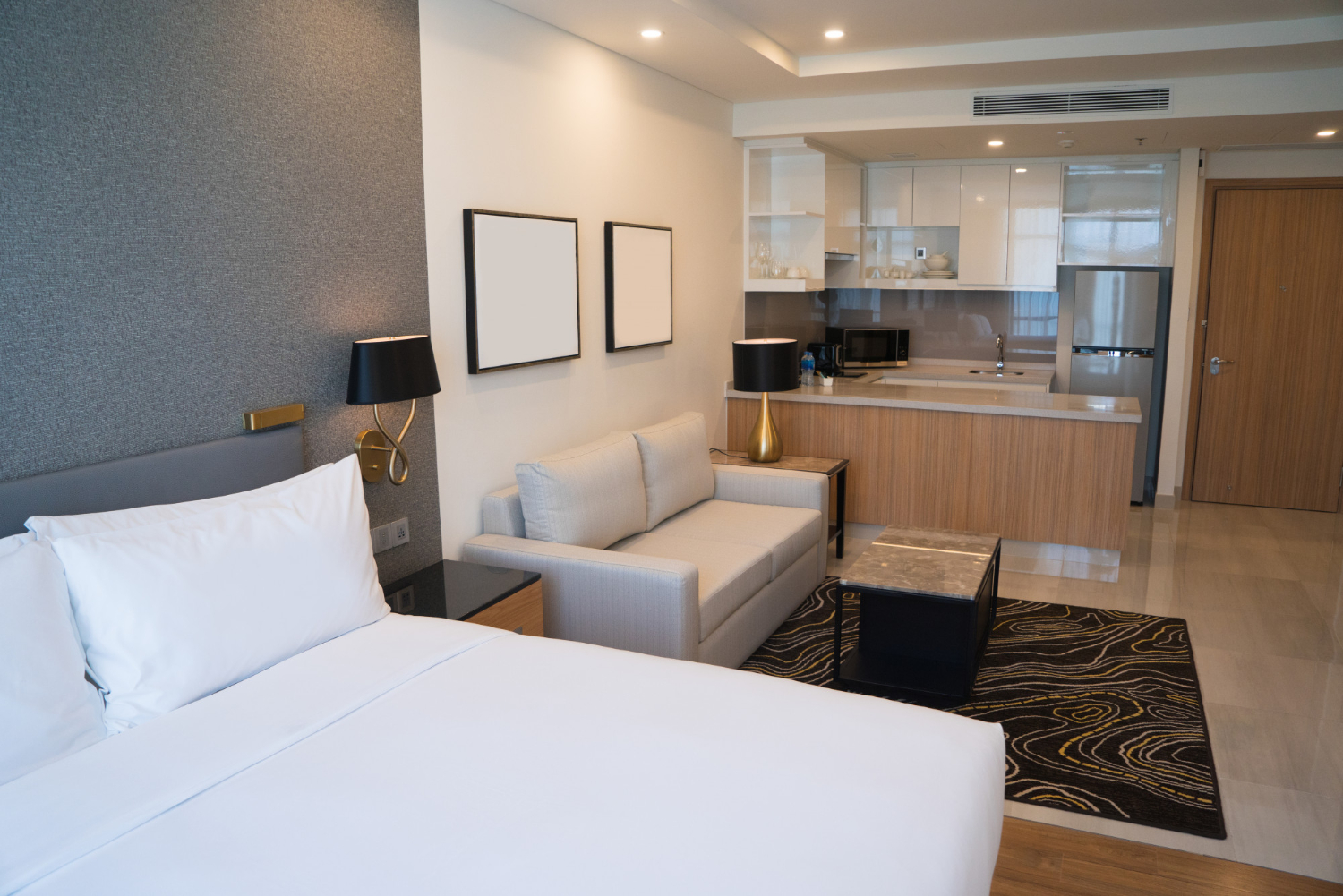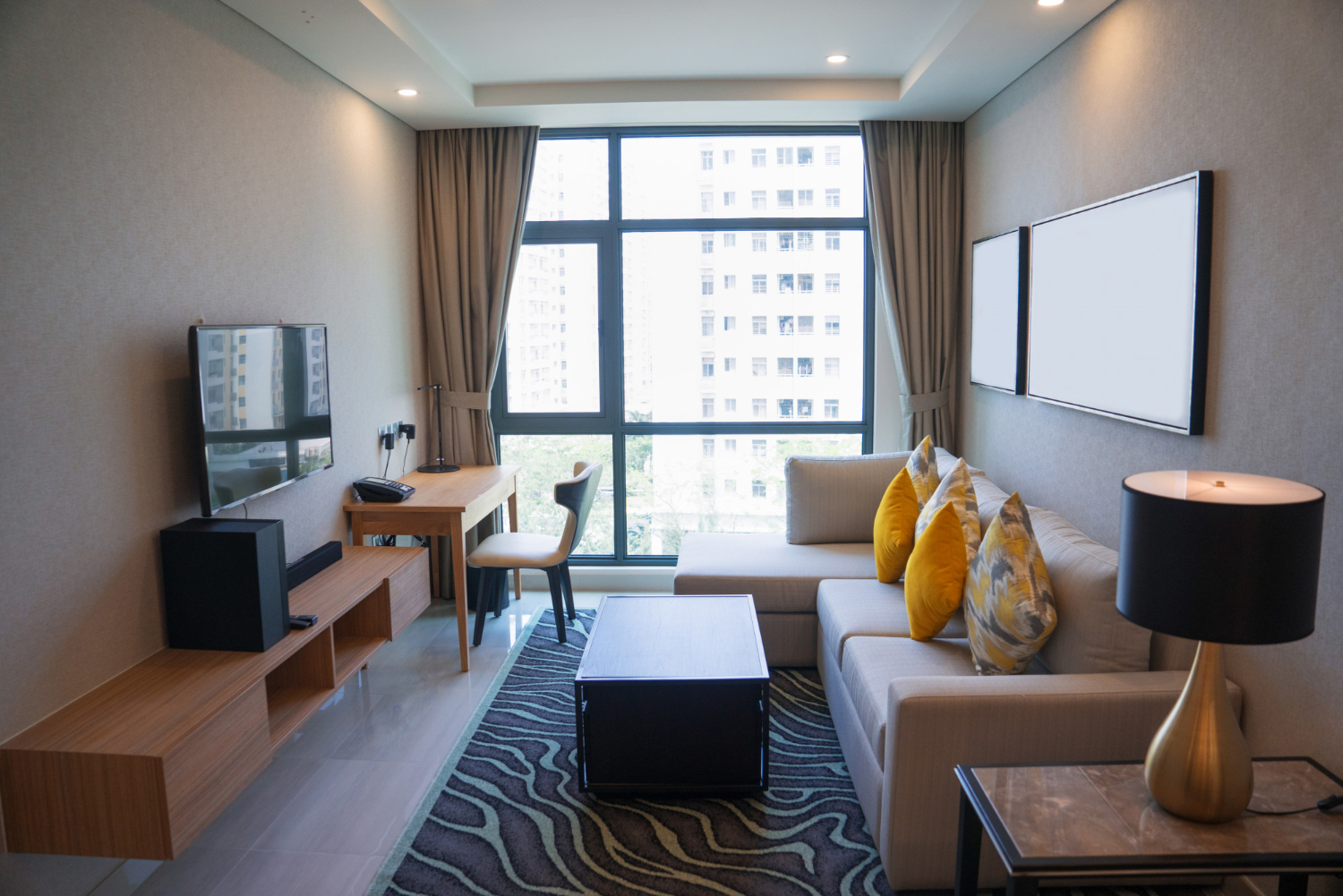What is the Difference Between Leasing and Renting an Apartment in the Philippines?
As you browse the Internet for a potential place to live in, you may have encountered ads using the words “for lease” and “for rent” and did not think much of them. After all, these words are synonyms. However, when used officially, they have critical differences that can make it easier for you to narrow down your search for the ideal space to rent.
What are the differences between leasing and renting an apartment? Let’s look at these differences to help you learn how to choose an apartment to rent
What is the Difference Between Leasing and Renting an Apartment?
Both leasing and renting involve a contract that specifies the terms and conditions for a tenant’s stay and use of a property. However, they have significantly different requirements, with leases requiring longer stays, higher rent, and more responsibilities.
What is Leasing?
If you are leasing, you will sign a lease agreement or contract that specifies that you will live in or use a property for a fixed amount of time, usually long-term. This means that a lessee cannot simply inform the lessor that they will stay for another few months; they must renew the lease with the lessor.
A lease is a formal agreement, meaning every detail about the agreement must be written in a legal contract.
What is Renting?
Renting is also an agreement between a property’s owner and a tenant, wherein the tenant hires the property for a short period. This means that rental agreements are only valid on a month-to-month basis, so tenants may choose to renew or stop renting at the end of any month.
Since renting is temporary, it does not always involve a contract. Without a written contract, the rental agreement is expressed and agreed upon verbally by the owner and the tenant.
Comparing Lease and Rent in the Philippines
Leasing and renting are both possible options for tenants, whether you’re looking for a residential place to live in or a commercial space for rent in Caloocan City or anywhere else in the Philippines. Some property owners, as well as tenants, prefer leasing, while others prefer renting. To help you decide which arrangement you should pursue, let’s dive into the differences between leasing and renting.
Length of the Contract
The main difference between leasing and renting is the length of the contract or how long the tenant can stay and use the property.
Lease: A lease entails a longer contract, usually six months to one year, or longer. Once the agreement is set, neither the lessor nor the lessee can easily break the contract (unless specified circumstances are met).
The lessee uses the property for that specified period and must renew their contract ahead of time if they want to stay longer, in which case a new contract will be drawn up. Similarly, if the tenant decides to leave at the end of the contract, they must inform the lessor ahead of time.
Rent: Rental agreements are more flexible in terms of length. Rentals can span days, weeks, or months, but can also extend up to a year.
Furthermore, although they are expected to stay for the duration of their agreement, due to the short-term nature of renting, both landlord and tenants have more freedom to end or extend a rental after a week or a month. This makes it easier to make life changes.
Stability
When you’re leasing and renting, you are paying to be allowed to stay in a property, which means that when the contract ends, you must move out. Leasing and renting come with a certain risk of being forced to move out of the property, however, the former offers more stability for lessees.
Lease: A lease contract specifies the terms of a lease, such as the length of the lease, what the lessee can do with the property, payments, their responsibilities, as well as criteria for eviction. Once signed, neither lessor nor lessee can break the contract without legal grounds. If one of the circumstances occurs or an agreement is violated – for example, failure to pay the lease for three months – the lessor may enforce the contract and evict the lessee.
Without any violations or circumstances occurring, the lessor cannot force the lessee to leave the property without proper notice.
Rent: If you’re renting, the stability of your stay in the property is somewhat compromised by the agreement’s flexibility. The contrast between apartment lease vs. rent is that the landlord may also choose to evict them at any time, even with only a short notice, because of the agreement’s flexibility.
Costs
One of the more common questions is whether leasing is more expensive than renting. However, the answer is not as straightforward.
Lease: A lease specifies the monthly rent the tenant must pay for the duration of the contract. The landlord cannot raise the rent whenever they wish, especially not during the period covered by the contract. They may raise the rent once the contract ends. Even then, lessors may only increase the rent up to 7% or 11% per annum (depending on the original monthly rent) if occupied by the same tenant.
Furthermore, a lease requires a security deposit (up to two months) and an advance (up to one month). So, lessees will need to give up to three times the amount of the monthly rent before they can use a property. The deposit and advance protect the lessor in case tenants fail to pay the rent or cause damage to the property. However, without issue, the lessors are obliged to return the full amount to the lessee.
So, leasing has higher costs at the start of the contract, but lessees can expect a stable rent cost for the duration of their contract.
Rent: With renting, the owner may elect to increase the rent every time your agreement is up, especially if the neighborhood’s property value goes up. Rent increases can be sudden since rental agreements tend to be short-term.
While renting typically costs lower in the short-term, it could become expensive in the long run if your landlord consistently raises the rent.
Rules and Responsibilities
Both leasing and renting involve a set of rules and responsibilities. Owners enforce rules to protect their property, preventing tenants from causing major damage or engaging in disruptive behavior that might disturb the neighbors. Are there differences in the rules and responsibilities when renting or leasing?
Lease: Lease contracts list down a lot of rules and regulations for using the property. Since this is written in a contract, the rules tend to be more specific and stricter. Failure to follow these rules can result in eviction.
Leasing also comes with a certain level of responsibility for the property’s wellbeing. Lessees are expected to keep the property in good condition, as well as cover minor repairs, while the lessor covers major repairs and maintenance. These are stipulated in the contract, too, so it’s clear who must cover which.
Rent: Like leasing, renting comes with a set of rules about what you can and cannot do in a property, though there may be fewer rules. Tenants also risk getting evicted if they violate these rules whether they’re written in a contract or expressed verbally.
Since renting is short-term, the designations for who must cover repairs can be blurry. As a rule of thumb, the landlord handles all major repairs and maintenance, and the tenants cover damage caused by accidents or negligence. So, it may be necessary to negotiate and prove who is at fault to establish responsibility.
Leasing Vs. Renting an Apartment: Which is Right for You?
Are you looking for an apartment for rent in Maypajo, Caloocan City? Knowing what are the differences between lease and rent in the Philippines can help you find the ideal rental place for your residential or commercial needs. Weigh the pros and cons of leasing and renting and decide where you can get the most benefits.
Look into lofty spaces for rent in Metro Manila with optimal amenities and even better terms.


